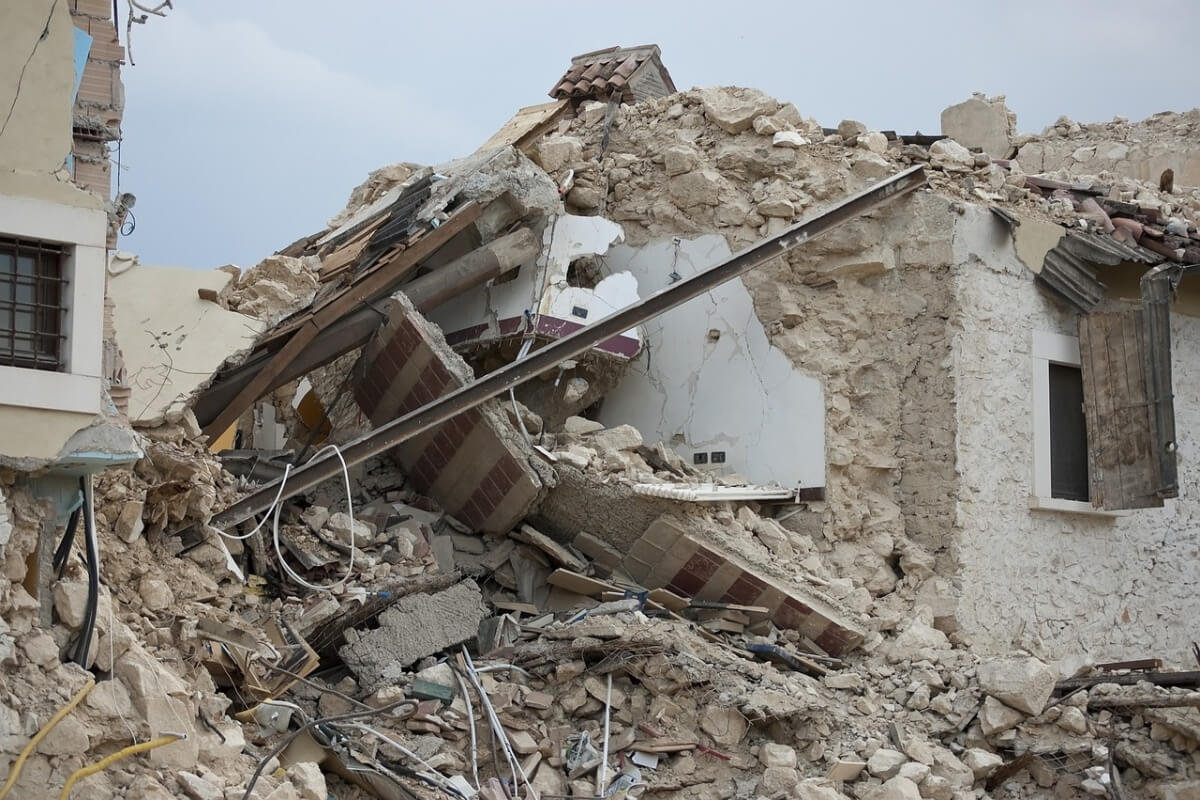On Thursday, in the early hours, the Uttarkashi district of Uttarakhand experienced an earthquake registering a magnitude of 3.2 on the Richter Scale, as reported by the National Center for Seismology.
At approximately 3:49 AM, tremors were detected, marking an earthquake with a magnitude of 3.2. The seismic event, occurring at a depth of 5 kilometers, was reported in Uttarkashi, Uttarakhand.
“Earthquake Magnitude: 3.2, Occurred on 05/10/2023, 03:49:47 AM IST, Lat: 31.00 & Long: 78.29, Depth: 5km, Location: Uttarakhand, Uttarkashi”.
However, there was no immediate reports of any loss of life.

Another Earthquake Coming?
“Experts have stated that parts of Uttarakhand and Himachal may experience a major earthquake at any time soon, the exact date and time cannot be predicted, given the high vulnerability of the entire Himalayan region to tremors. Dr. N. Purnachandra Rao, Chief Scientist at NGRI, emphasized that the Indian plate’s constant movement, at approximately 5 cm per year, results in stress accumulation along the Himalayas, increasing the likelihood of a significant earthquake. He pointed out that there is a robust network of 18 seismograph stations in Uttarakhand and that the seismic gap between Himachal and the western part of Nepal, including Uttarakhand, is susceptible to earthquakes.
The magnitude of the disaster may vary based on factors such as geography, population, and construction quality. Rao suggested that an earthquake similar in magnitude to the recent one in Turkey is likely, but the precise timing remains unpredictable. Despite the region being located over a seismic gap, tension accumulates underground and can only be released through an earthquake, as per reports.
Furthermore, scientists have previously warned of the strong possibility of a major earthquake in the Himalayan region. Ajay Paul, a Senior Geophysicist at the Wadia Institute of Himalayan Geology, explained that the Himalayas formed due to the collision between the Indian and Eurasian plates. The constant pressure of the Eurasian plate on the Indian plate results in the release of accumulated energy in the form of earthquakes over time. Paul emphasized that earthquakes caused by the accumulation of strained energy beneath the Himalayas are a regular and ongoing process. He reiterated that the entire Himalayan region is highly susceptible to tremors, and the potential for a major earthquake is always present.
In light of recent quakes, Paul stressed the importance of better preparation to minimize damage to life and property. He advocated for tremor-resistant construction practices, public awareness campaigns regarding earthquake preparedness, and conducting mock drills at least once a year. He believes that implementing these measures can reduce earthquake-related damage by 99.99 percent.”
